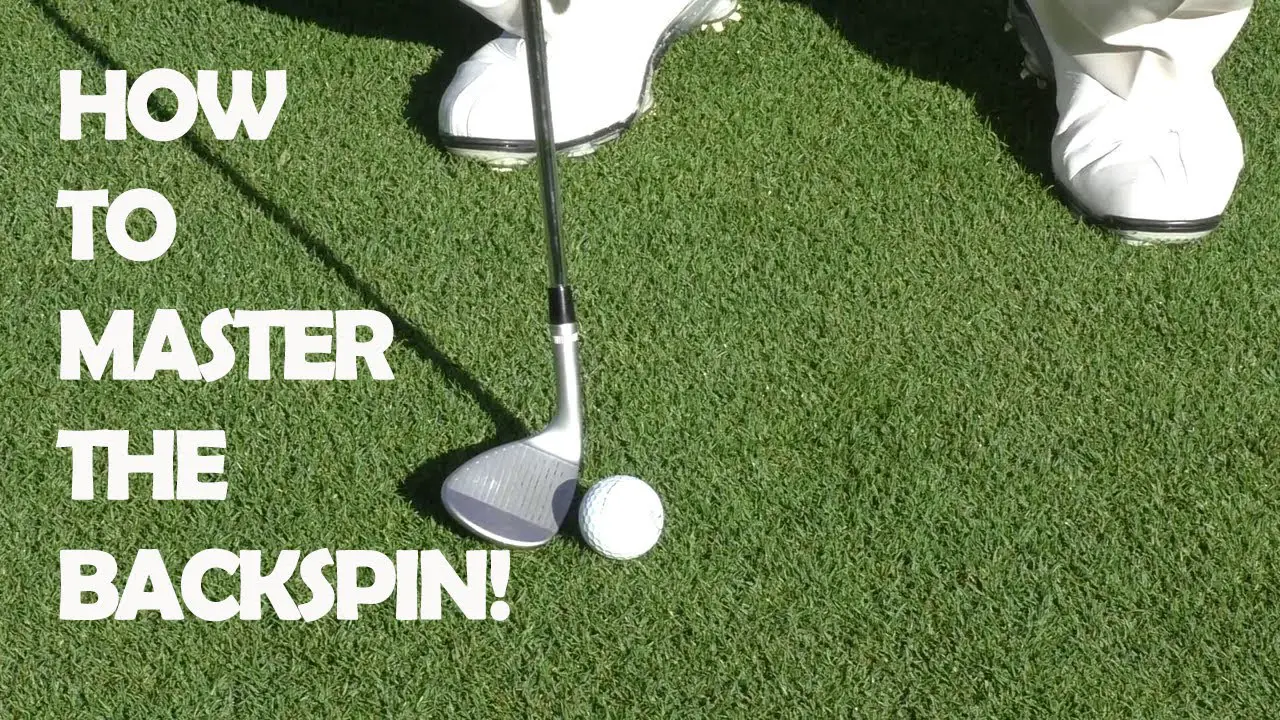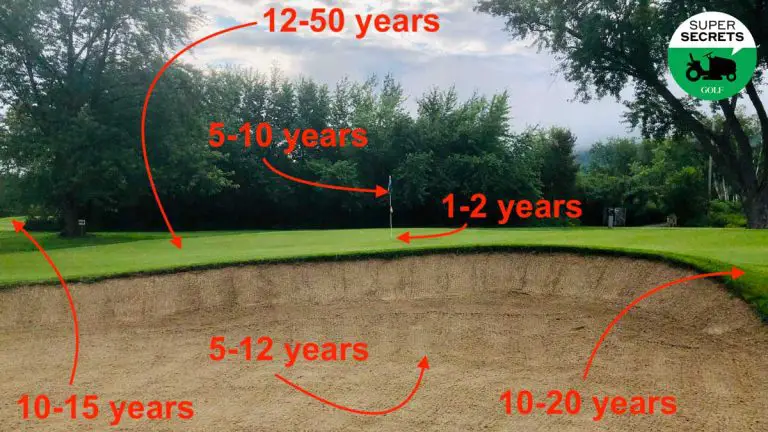How to Put Backspin on a Golf Ball

Putting backspin on a golf ball is a skill that captivates golfers of all levels. It’s the secret behind those jaw-dropping shots that stop abruptly on the greens, leaving spectators in awe. Backspin adds an element of control, finesse, and artistry to your game, allowing you to navigate the course with precision and style. If you’ve ever wondered how to put backspin on a golf ball and unlock this impressive skill, you’ve come to the right place.
In this comprehensive guide, we will take you on a journey to unravel the secrets of generating backspin on a golf ball. From understanding the physics behind backspin to mastering the technique, we will provide you with the knowledge, insights, and practical tips to help you achieve incredible spin on your shots.
We will explore the essential elements required to generate backspin, including club selection, swing mechanics, ball contact, and course conditions. We will delve into the nuances of backspin and its impact on ball flight, distance control, and shot versatility. Throughout the guide, we will provide step-by-step instructions, visual aids, and real-world examples to enhance your understanding and facilitate your progress.
So, whether you aspire to impress your playing partners, conquer challenging pin positions, or simply take your game to the next level, join us as we uncover the techniques and strategies to put backspin on a golf ball. Get ready to unlock a new dimension of control, finesse, and excitement in your golfing journey.

Understanding Backspin in Golf
Before diving into the mechanics of generating backspin, it’s essential to grasp the concept and significance of backspin in golf shots. This section will explore what backspin is, how it affects the ball’s flight and roll, and the advantages and challenges it presents. By understanding the fundamentals of backspin, you’ll gain insights into why it’s a valuable skill to develop.
Selecting the Right Equipment
The equipment you use plays a vital role in generating backspin on the golf ball. This section will delve into the attributes of golf clubs that contribute to backspin, such as clubface design, grooves, and materials. Additionally, we’ll discuss the impact of golf ball selection on generating backspin and how certain ball characteristics can enhance or diminish spin. Choosing the right equipment tailored to your game can significantly improve your ability to put backspin on the ball.
Mastering the Swing Technique
The swing technique is a critical factor in generating backspin. This section will break down the elements of the swing that influence backspin, including clubface contact, swing speed, angle of attack, and ball position. We’ll provide detailed explanations and tips on how to optimize these aspects of your swing to achieve maximum spin. By mastering the swing technique, you’ll be able to consistently produce backspin on your shots.
Gripping the Club for Spin
The way you grip the club can impact your ability to generate backspin. This section will explore different grip techniques and their influence on spin. We’ll discuss hand and finger placement and their effect on clubface control and release through impact. By experimenting with various grip styles and finding one that suits your game, you can enhance your ability to put backspin on the ball.
Creating Proper Ball-Club Contact
Achieving clean and centered contact with the golf ball is crucial for generating backspin. This section will provide guidance on how to achieve the optimal ball-club contact for spin. We’ll discuss the importance of a descending strike, the position of the clubface at impact, and the role of body rotation in creating a solid and effective strike. By honing your ball-club contact, you’ll increase your chances of generating the desired backspin.
Adjusting Loft and Spin Rate
Club loft and spin rate are closely tied to the amount of backspin you can put on the ball. In this section, we’ll delve into the relationship between club loft and spin, and how different club selections can affect backspin. We’ll also discuss the impact of spin rate and provide tips on how to manipulate it to produce more spin. Understanding how loft and spin rate contribute to backspin will allow you to make informed decisions on club selection and shot execution.
Utilizing Wedges for Enhanced Backspin
Wedges are particularly effective clubs for generating backspin due to their design and loft. This section will focus on the attributes of wedges that promote backspin and explore specialized techniques for maximizing spin with these clubs. We’ll discuss the importance of wedge selection, shot setup, and swing adjustments to optimize spin production. By capitalizing on the unique features of wedges, you can achieve remarkable backspin on your shots.
Navigating Course Conditions for Backspin
Course conditions can have a significant impact on your ability to generate backspin. This section will cover strategies for maximizing backspin in different course conditions. We’ll explore how factors such as green firmness, grass type, and weather conditions can affect spin production. Additionally, we’ll provide tips and techniques for adjusting your approach based on the specific challenges posed by different course conditions. By adapting your game to the environment, you’ll be better equipped to generate backspin in any situation.
Practice Drills for Backspin
Practice is key to improving your ability to put backspin on the ball. This section will introduce a variety of practice drills and exercises designed to enhance your backspin skills. We’ll provide step-by-step instructions, along with practical tips and insights, to help you refine your technique and develop a consistent and effective backspin game. Whether you’re practicing on the driving range or at home, incorporating these drills into your routine will accelerate your progress.
Tips for Developing Consistency
Consistency is essential when it comes to generating backspin. This section will address common mistakes and pitfalls that can hinder your ability to consistently produce spin. We’ll provide valuable tips and techniques for developing a repeatable and reliable backspin game, including maintaining a consistent tempo, focusing on rhythm, and monitoring your body and hand positions throughout the swing. By incorporating these tips into your practice and play, you’ll enhance your ability to consistently put backspin on the ball.
Safety Considerations and Responsible Use of Backspin
While backspin can be an impressive and valuable skill, it’s essential to consider safety and practice responsible use of backspin on the golf course. This section will highlight potential safety concerns related to backspin shots, such as unintentional spin on hard surfaces or shots that result in excessive bounce or roll. We’ll emphasize the importance of assessing the course conditions, understanding your own skill level, and exercising caution when attempting high-spin shots. By prioritizing safety and responsible play, you can enjoy the benefits of backspin while minimizing potential risks.
Conclusion
Putting backspin on a golf ball is a skill that can elevate your game and add a touch of finesse to your shots. By following the step-by-step process outlined in this guide, understanding the key factors that contribute to backspin, and incorporating practice drills and tips, you’ll be well on your way to becoming proficient in generating backspin. Remember, developing backspin takes time, patience, and dedication to refining your technique. So, practice regularly, experiment with different shots and conditions, and embrace the challenge of mastering backspin. With practice and persistence, you’ll be able to impress your fellow golfers with your ability to control the ball and achieve remarkable spin on the greens.





